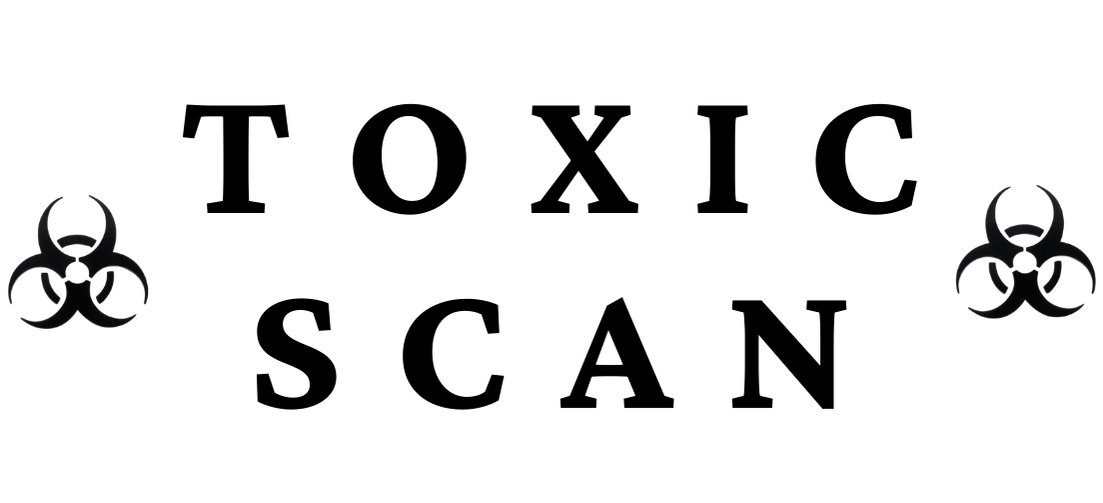E407: Carrageenan
E407: Carrageenan
What is E407 (Carrageenan)?
Carrageenan (E407) is a family of linear sulfated polysaccharides extracted from various species of edible red seaweeds (primarily Chondrus crispus, Kappaphycus, and Eucheuma). It is widely used in the food industry as a thickening, gelling, and stabilizing agent. Depending on the degree of sulfation and extraction method, different types of carrageenan (kappa, iota, lambda) are produced, each with slightly different gelling and viscosity properties.
Source and Production
Carrageenan is derived naturally from seaweed:
- Harvesting: Red seaweeds are harvested from coastal waters, either wild or cultivated.
- Washing and Cleaning: The seaweed is cleaned to remove sand, salt, and debris.
- Extraction: The carrageenan is extracted using hot alkaline water (e.g., containing potassium hydroxide).
- Filtration and Concentration: The extract is filtered to remove seaweed solids, and then concentrated.
- Precipitation: Carrageenan is precipitated out of the solution, often using alcohol (like isopropanol) or potassium chloride.
- Drying and Milling: The precipitated carrageenan is dried and milled into a fine powder.
Two main forms exist: refined carrageenan (processed as described above) and semi-refined carrageenan (less processed, sometimes called PNG-carrageenan or E407a).
Common Uses in Food
Carrageenan's unique properties make it useful in a vast array of products:
- Dairy Products: Ice cream (prevents ice crystal formation), chocolate milk (suspends cocoa), yogurt, cottage cheese, processed cheese slices (improves texture).
- Plant-Based Milks: Almond milk, soy milk, coconut milk (prevents separation, provides texture).
- Processed Meats: Deli meats, sausages, cooked ham (improves water retention and texture).
- Desserts: Puddings, custards, jellies, flans (gelling agent).
- Sauces and Dressings: Provides thickness and stability.
- Infant Formula: Used as a stabilizer in some liquid formulas (controversial).
- Pet Food: Common thickener in wet pet foods.
Its ability to form gels, increase viscosity, and stabilize emulsions makes it highly versatile.
Health and Safety
Safety Concerns and Controversy
The safety of carrageenan has been a subject of significant debate:
- Inflammation: The primary concern revolves around potential pro-inflammatory effects in the gut. Some animal studies and in vitro research suggest carrageenan may trigger inflammation.
- Degraded vs. Undegraded: A distinction is made between undegraded carrageenan (food-grade, E407) and degraded carrageenan (poligeenan). Poligeenan is a known inflammatory agent and carcinogen in animals and is NOT permitted in food. Concerns exist about whether food-grade carrageenan might contain small amounts of poligeenan or degrade in the gut.
- Gut Permeability: Some research suggests it might increase intestinal permeability ("leaky gut").
- Impact on Gut Microbiome: Potential alterations to the gut microbial community have been observed in some studies.
- Infant Formula Use: Its use in infant formula is particularly controversial due to the developing digestive systems of infants.
Regulatory Status
Despite the controversy, most major regulatory agencies consider food-grade carrageenan safe at permitted levels:
- European Union: Permitted as E407 in most foods, although banned from infant formula (precautionary measure) and organic foods in some cases.
- United States: FDA classifies carrageenan as GRAS (Generally Recognized as Safe).
- JECFA: The Joint FAO/WHO Expert Committee on Food Additives reviewed carrageenan multiple times and concluded it is safe, establishing an ADI (Acceptable Daily Intake) of "not specified."
- National Organic Standards Board (USA): Voted to remove carrageenan from the list of approved substances in organic food, although the USDA initially overruled this before later developments led to its potential removal.
Regulatory bodies emphasize that the potential negative effects seen in some studies often involved high doses or degraded carrageenan (poligeenan), not typical dietary exposure to food-grade E407.
Identification on Labels
Carrageenan is usually listed simply as:
- E407
- Carrageenan
- Irish moss gum (less common)
- May sometimes be listed under broader terms like "vegetable gum" or "stabilizer", depending on labeling regulations.
Alternatives to Carrageenan
Due to consumer concerns, manufacturers sometimes seek alternatives:
- Xanthan Gum (E415)
- Guar Gum (E412)
- Locust Bean Gum (E410)
- Gellan Gum (E418)
- Pectin (E440)
- Agar-Agar (E406)
The choice of alternative depends on the specific function carrageenan served in the original product (gelling, thickening, stabilizing).
Conclusion
E407 (Carrageenan) is a widely used seaweed-derived additive with a low toxicity rating (1/5) according to most regulatory bodies, but it remains controversial due to persistent concerns about potential inflammatory effects in the gut. While scientific reviews by major food safety agencies have repeatedly affirmed its safety as food-grade E407 at typical consumption levels, some researchers and consumer groups remain skeptical, pointing to studies suggesting potential harm.
The distinction between food-grade (undegraded) carrageenan and degraded carrageenan (poligeenan) is crucial in this debate. For the average consumer without pre-existing digestive issues, occasional consumption is likely safe based on current regulatory assessments. However, individuals with inflammatory bowel disease or other gut sensitivities may choose to avoid it as a precautionary measure.
